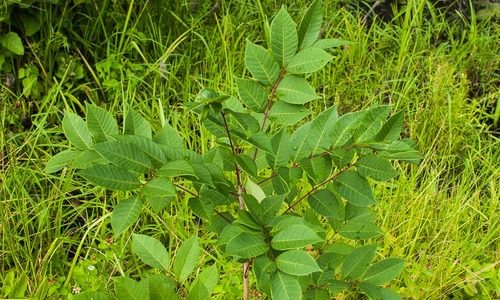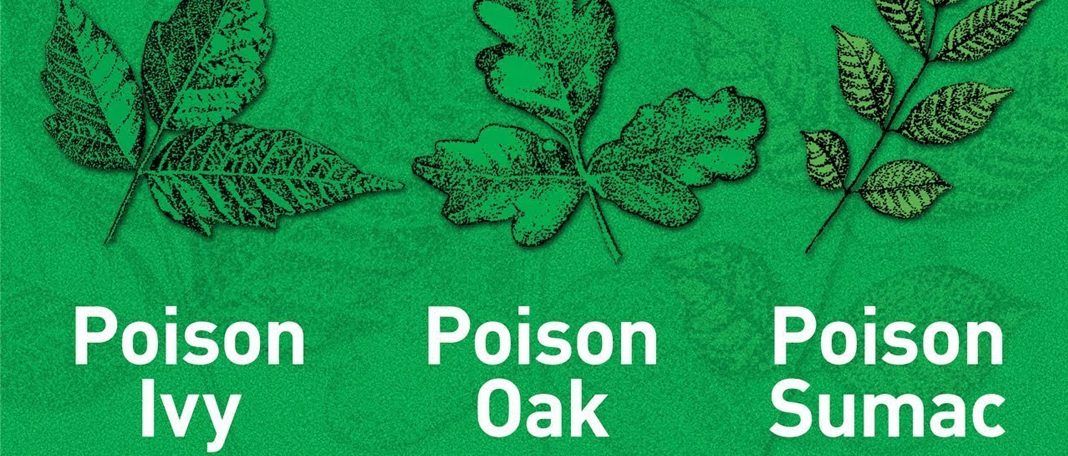Spot poison ivy, oak, and sumac with these pro tips and find out home remedies to treat rashes if you were to come in contact with these itchy flora found across the U.S.
Are Poison Ivies Poisonous?
Not at all. Poison ivies, poison oaks, and poison sumacs are usually allergic to a vast majority. They are not life-threatening until you are smeared head to toe, have a severe allergic reaction, or ingest them.
How to Spot Poison Ivy, Oak, and Sumac?
These itchy florae are hardy plants that grow across the U.S. especially, in the Eastern and Midwestern countries. They are found in abundance in areas that receive direct sunlight, wooded areas, and by the roadside.
- Poison Ivy:

Each stem has three leaves. The middle leaves always have an elongated stalk. The leaves may have a smooth or coarse outline and are usually glossy. - Poison Oaks:

They are upright shrubs. The leaves look like oak leaves, have prominent lobes, a dull look, and hair on both sides. - Poison Sumac:

They have a cluster of smooth-edged leaves with sagging light green or white berries.
What Is Urushiol?
Most humans are allergic to poison ivies. Thus, the saying ‘leaves of three, let them be.’ So what causes these plants to give you rashes?
These ivies, oaks, and sumacs have a resin named urushiol (pronounced yur-o-shee-aal). Urushiol causes eczematous dermatitis if it comes in contact with your skin. Though cashew, pistachios, and mangoes also contain these resins. The ones present in poison ivies are highly toxic.
How to Get Rid of Poison Ivy Plants?
Burning these plants can often contaminate the air and cause irritants to spread across the neighborhood. Weeding is the best way to remove these plants. Then again, position ivies are only allergic to humans, while animals and birds are not allergic. They form a crucial part of the ecosystem. Therefore, eradicating the entire population of these plants will impact the food chain adversely.
What are the symptoms of a poison ivy rash?
Poison ivy rash is an itchy, blistering skin rash caused by an allergic reaction to an oil called urushiol (u-ROO-she-ol) found in the leaves, stems, and roots of the poison ivy plant. Here are the common symptoms of a poison ivy rash:
- Itching: This is usually the first symptom you’ll notice. The itching can be intense and unbearable.
- Redness: The affected area will become red and inflamed.
- Swelling: The skin may become swollen, especially around the blisters.
- Blisters: Small, fluid-filled blisters may develop on the red, itchy skin.
- Streaks or lines: The rash may appear in streaks or lines, following the path where the urushiol oil touched your skin.
How to Get Rid of Poison Ivy Rashes and Blisters?
Before we jump into treatments and home remedies, let’s see how to spot a poison ivy rash first. Poison rashes can appear within days, weeks, months, or years after you come into contact with urushiol oil.
Urushiol can stay on the surface of your skin, clothing, furniture, walls, or anywhere else and can cause an allergic reaction anytime. Thus, it is necessary to thoroughly clean your surroundings, clothing, and yourself with soap and water if you suspect exposure. Don’t forget to trim or clean under your nails.
Treatment for Poison Ivy Rashes
All you need to do is clean the rash to remove any urushiol residue. You can opt for OTC ointments, cortisone creams, or antihistamines to help with the itching. You will heal faster if you have been exposed to the allergen before.
These rashes can last anywhere from two to three weeks and usually go away on their own. You may require to see a professional if you experience shortness of breath, if the rash doesn’t go away after three weeks, or if a large area is affected. Find home remedies for food poisoning.















